-
Welcome to Tacoma World!
You are currently viewing as a guest! To get full-access, you need to register for a FREE account.
As a registered member, you’ll be able to:- Participate in all Tacoma discussion topics
- Communicate privately with other Tacoma owners from around the world
- Post your own photos in our Members Gallery
- Access all special features of the site
Hard wiring Wet Okole seat heaters: '01-'04 Tacoma
Discussion in '1st Gen. Tacomas (1995-2004)' started by riebe, Aug 25, 2018.


 Duplicolor Color Matched Spray Paint
Duplicolor Color Matched Spray Paint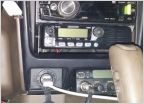 What is a good HAM/CB setup
What is a good HAM/CB setup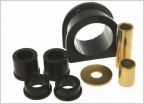 Loose Steering Problem
Loose Steering Problem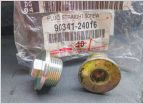 Differential oil
Differential oil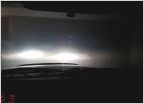 HELP!!!! 2004 Toyota Tacoma Headlight Recommendations
HELP!!!! 2004 Toyota Tacoma Headlight Recommendations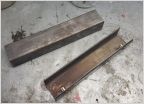 Steering rack replacement questions
Steering rack replacement questions
